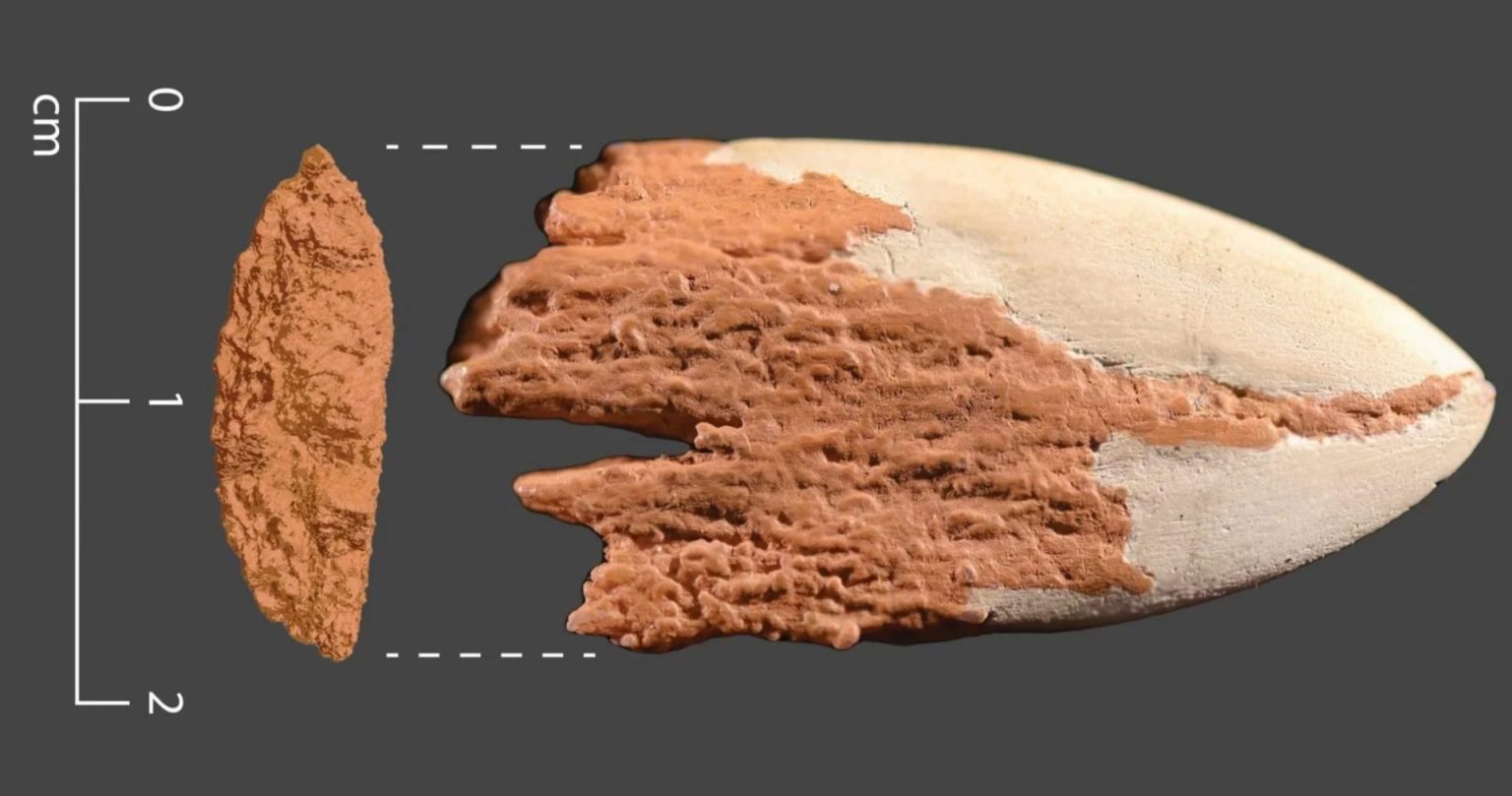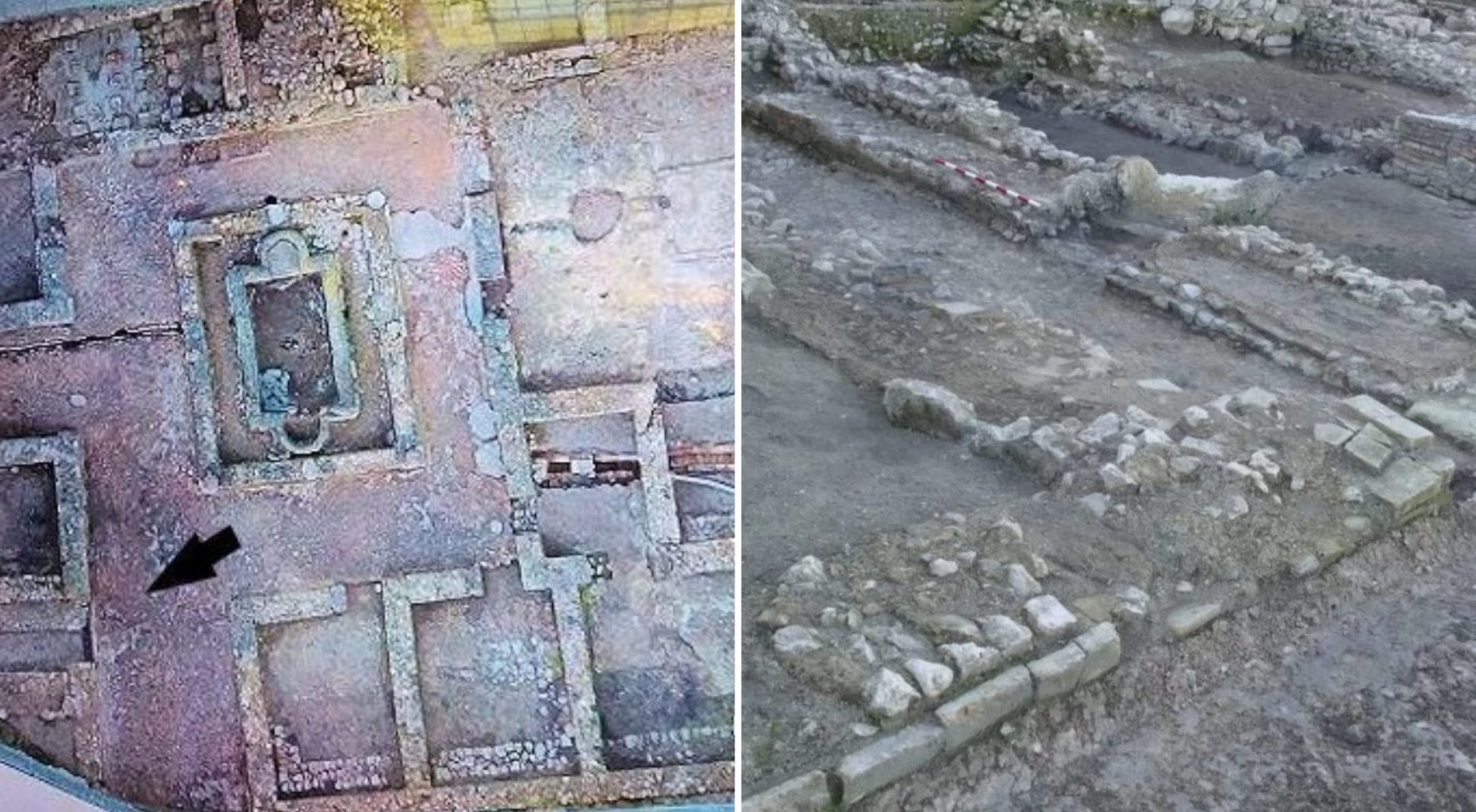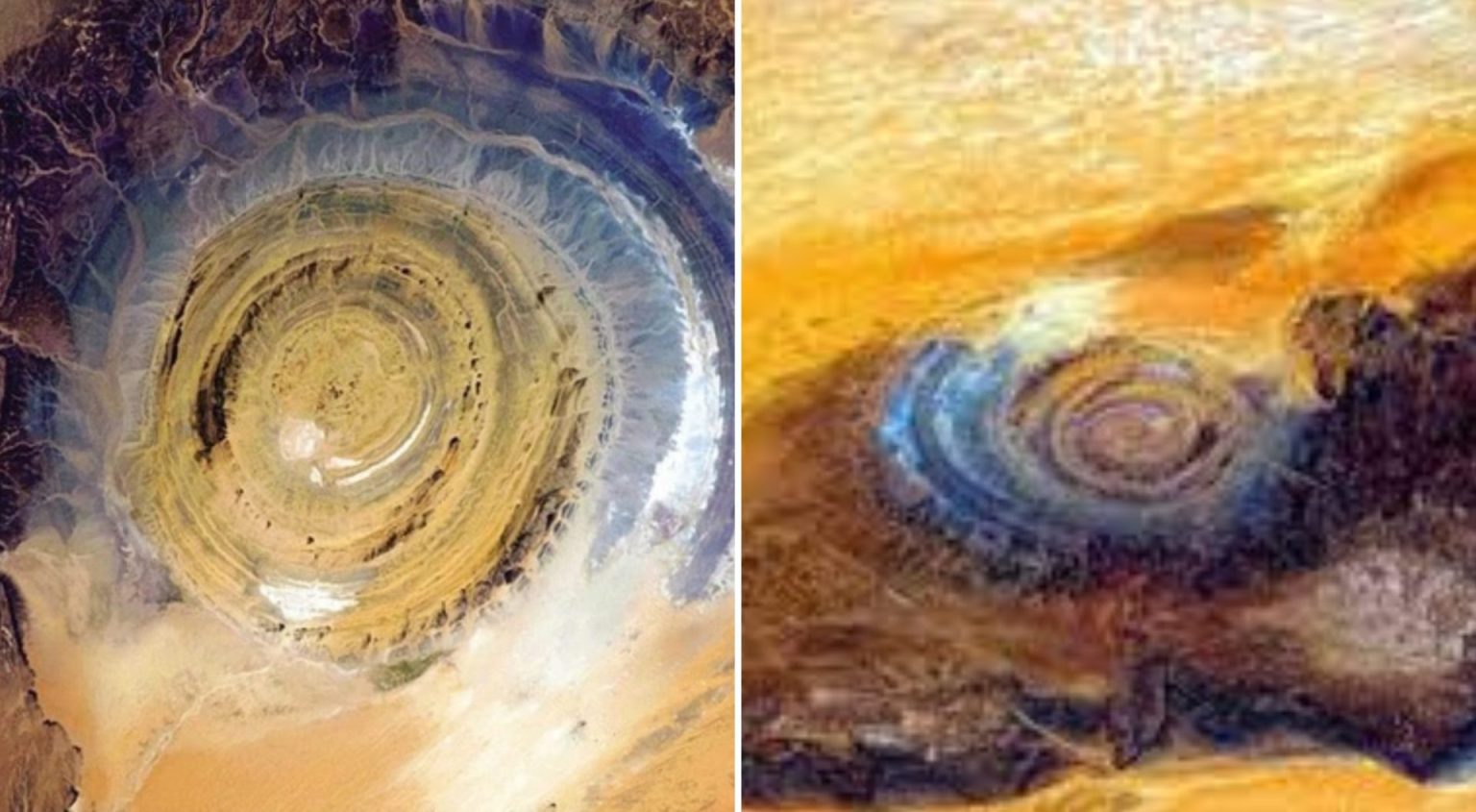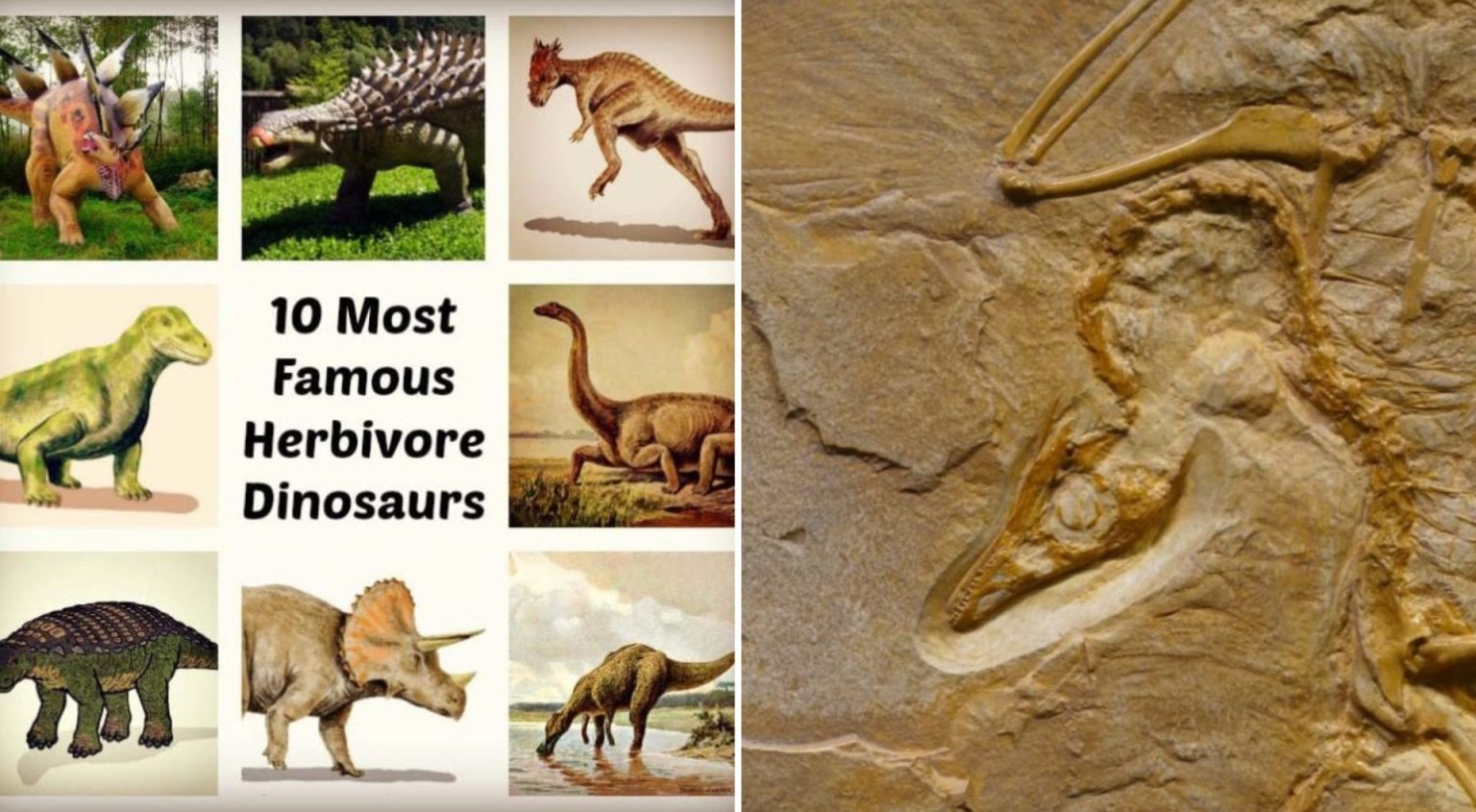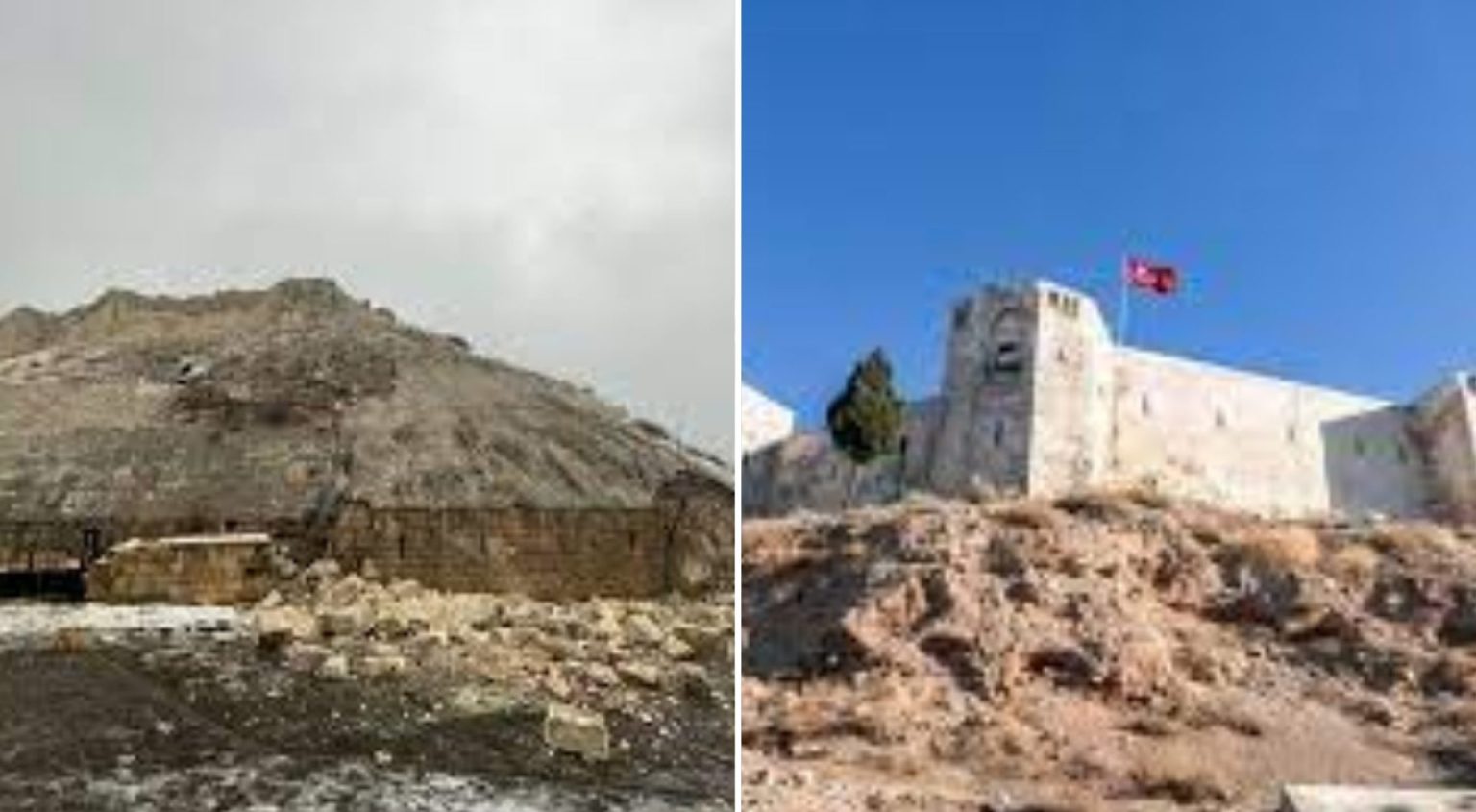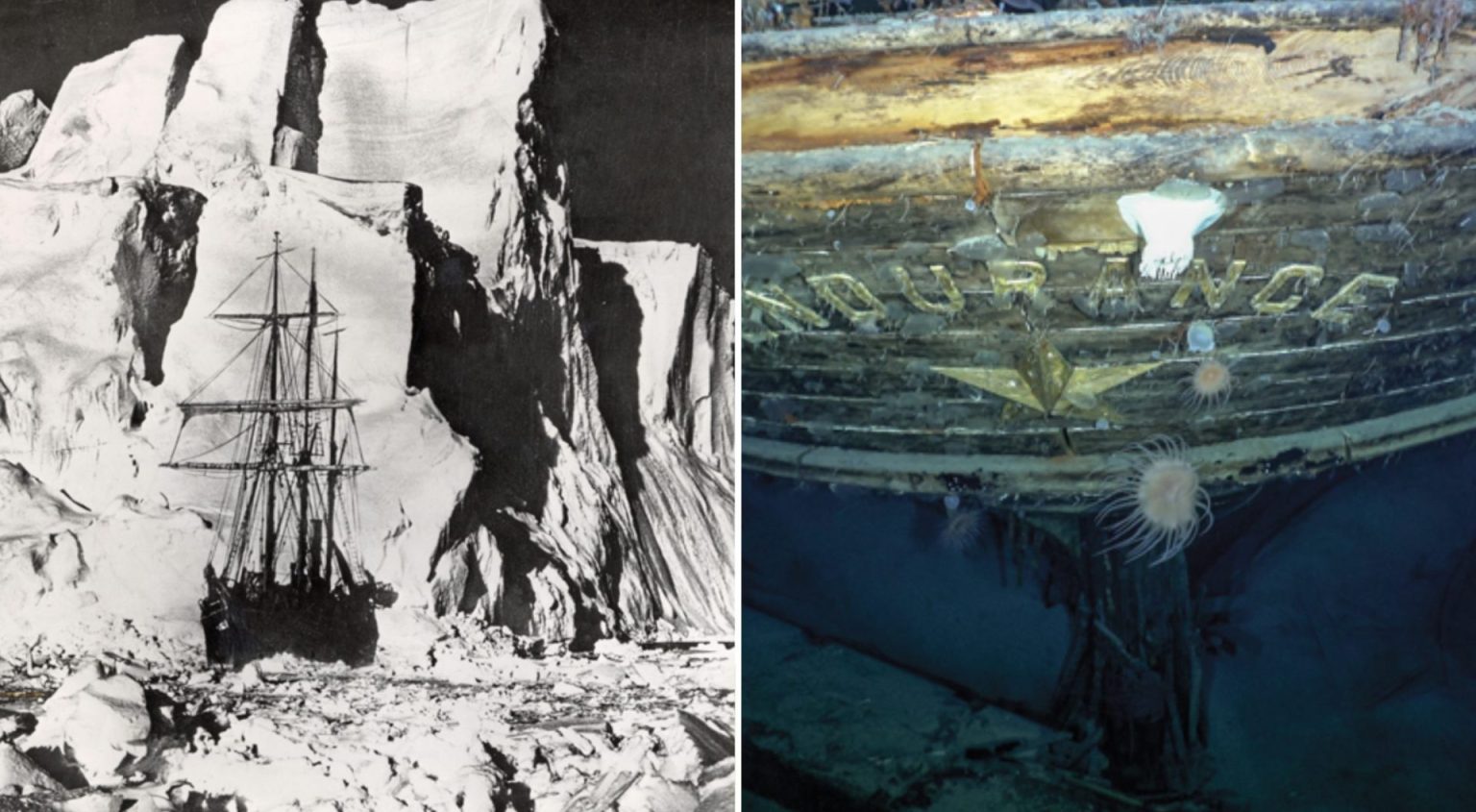Scientists have found fragments a human-made projectile point in a rib of an American mastodon (Mammut americanum) from the Manis site, Washington, the United States. The projectile point is about 13,900 years old and is morphologically different from later cylindrical points of the 13,000-year-old Clovis culture. The artifact, which is made of mastodon bone, shows that people predating Clovis made and used osseous weapons to hunt megafauna in the Pacific Northwest. In the 1970s, archaeologists excavated a single male mastodon from sediments at the base of a kettle pond at the Manis site, Washington. No stone tools were found at the site,…
Author: s s
Archaeologists excavating at Villa del Mitra in Cabra, Spain, have uncovered a sanctuary dedicated to the god Mithras, along with the remains of ritual banquets. Mithraism rose to prominence as a cult religion that became popular in the Roman Empire in the late 1st century AD. Worship was a Romanised form of the Indo-Iranian god Mithra. In Roman Empire during the 2nd and 3rd centuries, this deity was honored as the patron of loyalty to the emperor. The Villa del Mitra, located within the Roman city of Licabrum, dates from the first century AD. The villa was named after a Mitra de Cabra…
AN ORNATELY FASHIONED GOLD BEAD HAS BEEN FOUND DURING EXCAVATIONS IN THE EMEK TZURIM NATIONAL PARK, LOCATED IN EAST JERUSALEM, ISRAEL. The bead dates from 1,600-years-ago and was created by an expert goldsmith who soldered tiny balls of gold together in the form of a ring. “The most interesting aspect of the bead is its unique and complex production method”, explains Dr. Golani from the Israel Antiquities Authority (IAA). “A good understanding of the materials and their properties is required, as well as control over the heat in order to solder the tiny balls together to create a tiny ring,…
The Earth has been home to countless species of animals throughout its history, and while many have gone extinct, some of them still hold a place in our imagination today. These extinct animals were once a dominant presence on the planet, terrorizing other creatures and ruling their respective ecosystems. From giant prehistoric predators to massive armored beasts, these animals have left a lasting legacy on our world. In this article, we’ll take a look at 10 of the most dangerous extinct animals to have ever roamed the earth. From prehistoric sharks to massive dinosaurs, these animals were true forces to…
Artificial intelligence has now officially seeped into ancient history. Linguists at the Institute for Assyriology at Ludwig Maximilian University in Germany have created an artificial intelligence (AI) bot to help piece together and decode illegible fragments of ancient Babylonian texts. It’s been dubbed “the Fragmentarium.” No longer are the linguistic services of algorithms and machine learning bots the reserves of global marketing elites. Unless you’ve been asleep these last few weeks you will know that 2023 has already marked the beginning of what will be remembered by our children as the first steps in an artificial intelligence revolution. Perhaps the most well…
Built during a time when Egypt was one of the richest and most powerful civilizations in the world, the pyramids—especially the Great Pyramids of Giza—are some of the most magnificent man-made structures in history. Their massive scale reflects the unique role that the pharaoh, or king, played in ancient Egyptian society. Though pyramids were built from the beginning of the Old Kingdom to the close of the Ptolemaic period in the fourth century A.D., the peak of pyramid building began with the late third dynasty and continued until roughly the sixth (c. 2325 B.C.). More than 4,000 years later,…
THE EYE OF THE SAHARA, ALSO KNOWN AS THE RICHAT STRUCTURE AND THE EYE OF AFRICA, IS A GEOLOGICAL FEATURE IN THE SAHARA DESERT’S ADRAR PLATEAU, LOCATED IN WEST–CENTRAL ISLAMIC REPUBLIC OF MAURITANIA. The structure is an eroded elliptical dome of sedimentary rock, that ranges in age from the Proterozoic (2500 to 538.8 million years ago) within the centre, to Ordovician (488.3 to 443.7 million years ago) sandstone around its periphery. The dome has a diameter of 40 kilometres (25 mi), with an interior comprised of intrusive and extrusive igneous rocks, including rhyolitic volcanic rocks, gabbros, carbonatites and kimberlites. The…
Herbivorous dinosaurs were some of the most diverse animals on Earth. They ranged in size from small two-legged forms to large, long-necked four-legged giants. The most well known herbivore is probably the Triceratops, but there were many different types of such dinosaurs. A list of the most famous herbivorous dinosaurs Some had horns and frills, while others had bony plates on their backs or spikes along their tails. Here are some interesting facts about herbivorous dinosaurs: 1. The Euoplocephalus was an ankylosaurid dinosaur which had a club-shaped tail made of fused bones covered in bumps and spikes. It used its tail as a…
A deadly 7.7 magnitude earthquake that rocked the southern province of Kahramanmaraş, with tremors felt in the neighboring provinces, has damaged the historical Gaziantep Castle. While some bastions in the east, south, and southeast parts of the historical Gaziantep Castle, considered one of the best-preserved citadels in Turkey in the central Şahinbey district were destroyed by the earthquake, the debris was scattered on the road. The iron railings around the court were scattered on the surrounding sidewalks. The retaining wall next to the castle also collapsed. In some bastions, large cracks were observed after the earthquake. Parts of the castle, which is…
The wreck of legendary explorer Ernest Shackleton’s ship Endurance has been discovered nearly 10,000 feet underwater, at the bottom of the Weddell Sea off the coast of Antarctica, where it sank in November 1915. The 144-foot-long, three-masted ship was located some 4.6 miles south of its last estimated position by members of the Endurance22 expedition under the auspices of the Falklands Maritime Heritage Trust. Shackleton aimed to make the first land crossing of Antarctica, but his plans went awry when Endurance got stuck in dense pack ice and the crew of 28 was forced to abandon ship. The men spent months camping on ice…
The wreck of legendary explorer Ernest Shackleton’s ship Endurance has been discovered nearly 10,000 feet underwater, at the bottom of the Weddell Sea off the coast of Antarctica, where it sank in November 1915. The 144-foot-long, three-masted ship was located some 4.6 miles south of its last estimated position by members of the Endurance22 expedition under the auspices of the Falklands Maritime Heritage Trust. Shackleton aimed to make the first land crossing of Antarctica, but his plans went awry when Endurance got stuck in dense pack ice and the crew of 28 was forced to abandon ship. The men spent months camping on ice…



